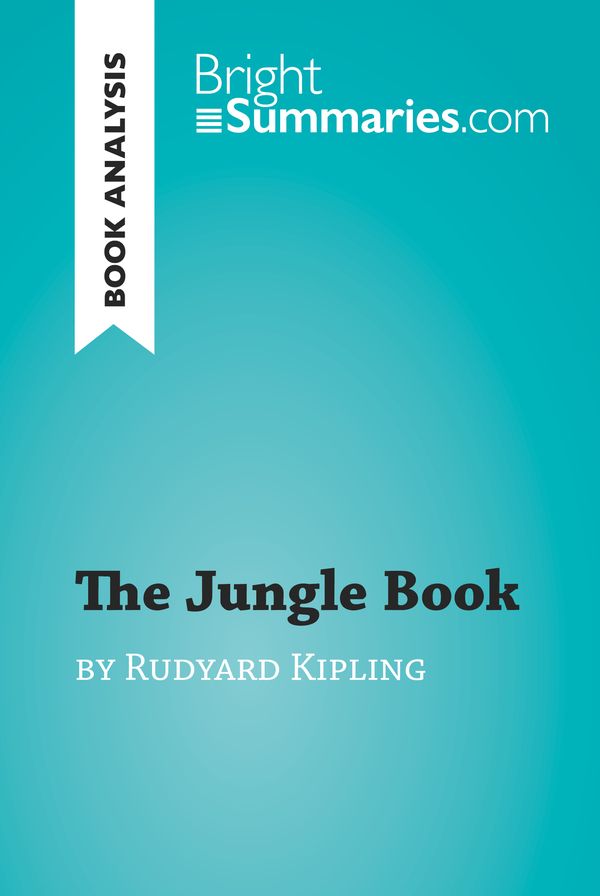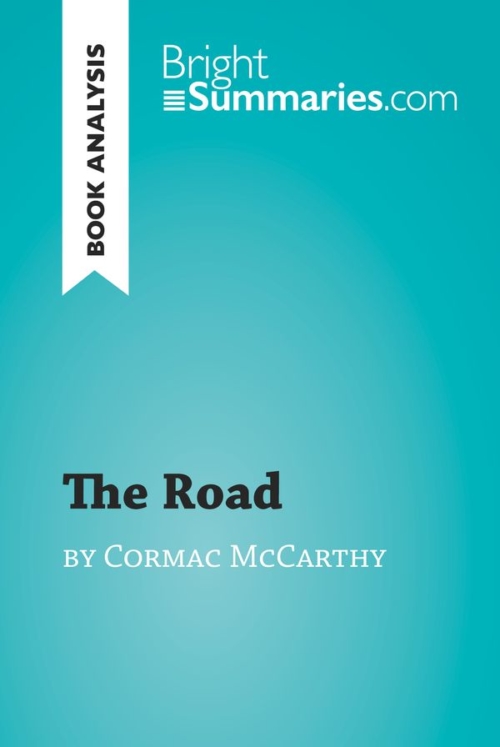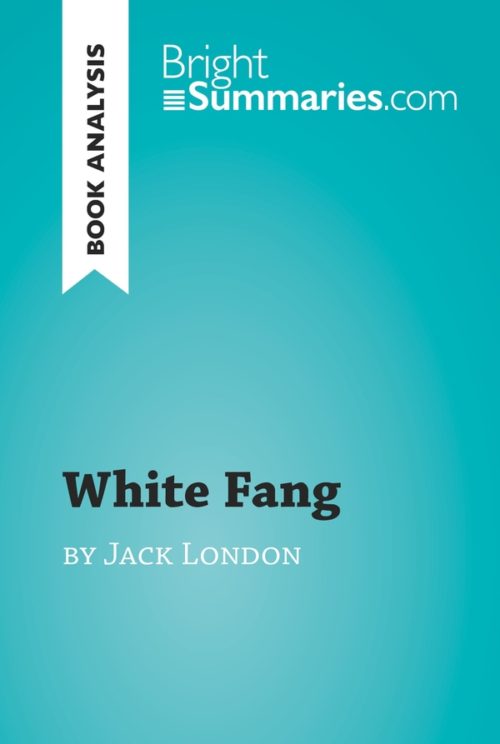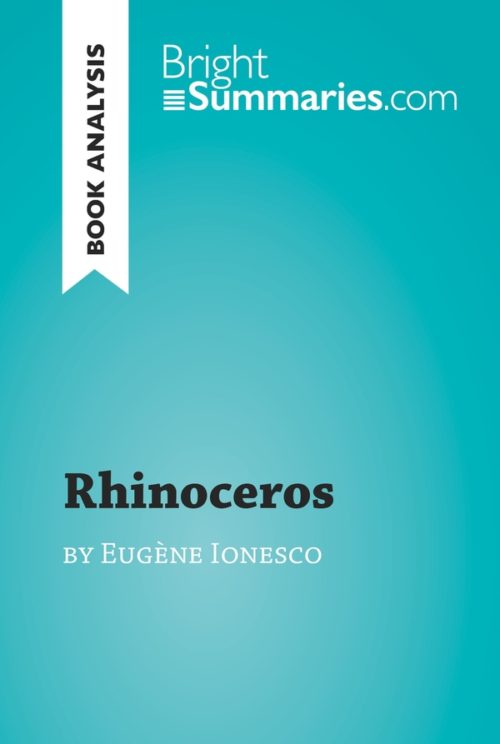The Jungle Book by Rudyard Kipling (Book Analysis)
The Jungle Book by Rudyard Kipling (Book Analysis)
Detailed Summary, Analysis and Reading Guide
Read more
This practical and insightful reading guide offers a complete summary and analysis of The Jungle Book by Rudyard Kipling. It provides a comprehensive outline of the plot of each of the stories in the collection, as well as a discussion of the main characters and an exploration of the key themes that recur throughout the anthology. The clear and concise style makes for easy understanding, providing the perfect opportunity to improve your literary knowledge in no time.
This clear and detailed 46-page reading guide is structured as follows:
- Biography of Rudyard Kipling
- Presentation of The Jungle Book
- Summary of The Jungle Book
- Character study
- Mowgli
- Bagheera
- Baloo
- Shere Khan
- Analysis of The Jungle Book
- Humans vs. animals
- The Law of the Jungle
- Outsiderdom
About The Jungle Book
The Jungle Book is one of the most-loved works of children’s fiction ever written. Most of the stories in the collection are set in the Indian jungle and explore sophisticated animal societies governed by the “Law of the Jungle”, and many of them feature the “man-cub” Mowgli, who is raised by a pack of wolves as one of their own and must evade the clutches of the dangerous Shere Khan. The collection’s popularity endures to this day, bolstered by numerous adaptations, including a 1967 Disney animated film and a 2016 live action film.
About Rudyard Kipling
Rudyard Kipling was an English novelist, poet and short story writer, and was one of the most influential writers of his generation. He first garnered recognition for his writing while living in India, which at that time was a British colony, before moving back to England, where his reputation only grew. In 1907, he became the first English-language writer to receive the Nobel Prize in Literature for his “power of observation, originality of imagination, virility of ideas and remarkable talent for narration”. However, he has also been criticized for his celebration of European imperialism and his belief that white people had a duty to “civilize” other nations, as expressed in his 1899 poem “The White Man’s Burden”.
Product details
| ISBN | 9782808017381 |
|---|---|
| Publisher | Plurilingua Publishing |
| Collection | Brightsummaries.com |
| Format | |
| Pages | 46 |
| File size | 2.1 MB |







